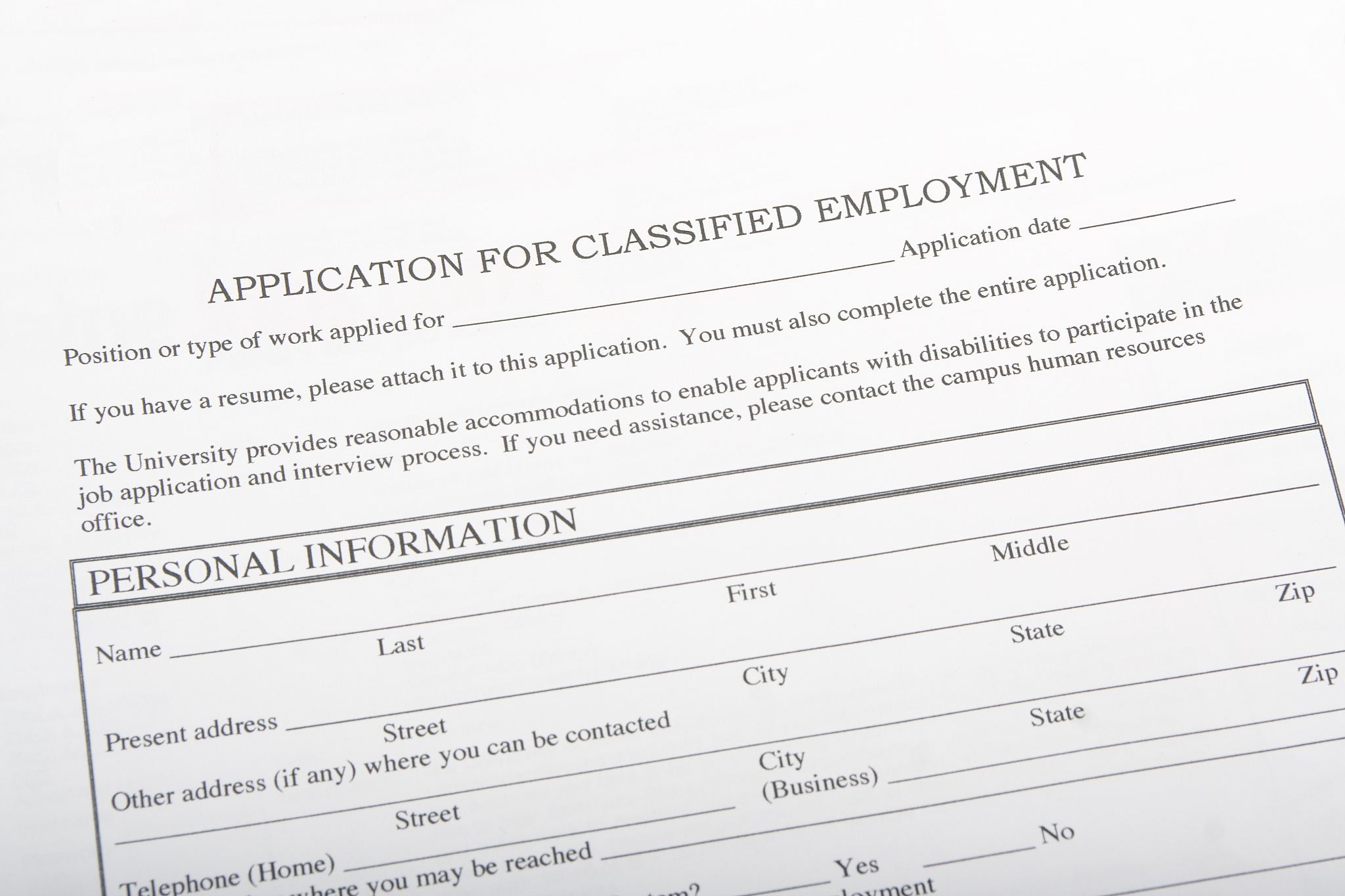what can be said about the p-value for a one-sided test
The p-value for a one-sided test represents the probability of observing a test statistic as extreme as the one obtained in the sample, assuming the null hypothesis is true, in only one direction (either greater than or less than the expected value). A lower p-value indicates stronger evidence against the null hypothesis in favor of the alternative hypothesis, while a higher p-value suggests weaker evidence against the null hypothesis. Therefore, a small p-value (e.g., less than 0.05) typically leads to rejection of the null hypothesis and acceptance of the alternative hypothesis, while a large p-value (e.g., greater than 0.05) leads to failure to reject the null hypothesis

原文地址: https://www.cveoy.top/t/topic/fqIa 著作权归作者所有。请勿转载和采集!